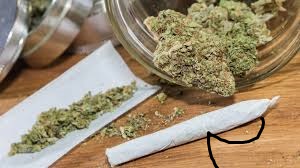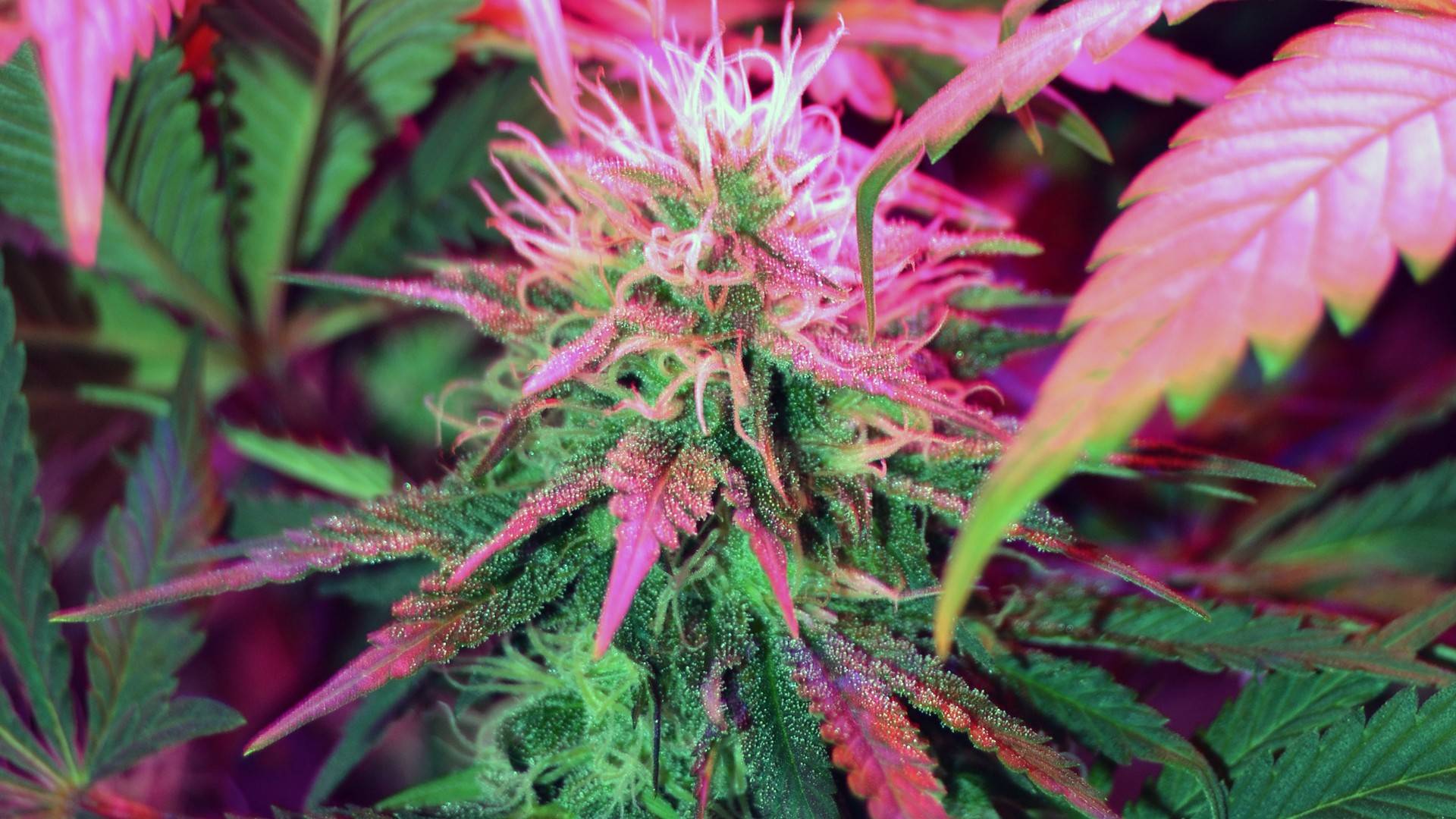
To appreciate the interactions of marijuana with the human body,
it is important to first understand the endocannabinoid system (ECS)- a complicated cellular signaling system involved in physiological homeostasis. It is through the interactions of the main components in marijuana; mainly THC and CBD with this system and associated molecular pathways that the pharmacological effects of this drug are achieved.
The Essentials of the Endocannabinoid System -CB1 & CB2 Receptors
There are three main components of the endocannabinoid system (ECS):
- Endogenous lipid-based neurotransmitters (endocannabinoids) anandamide and 2-AG
- Cannabinoid receptors (mainly CB1 and CB2)
- Synthetic and degradative enzymes of endocannabinoids (i.e. FAAH and MAGL)
CB1 receptors are mostly located in the central nervous system- particularly in brain areas that deal with cognition, memory, motor coordination and mood. The psychoactive properties of THC are mainly caused by binding of cannabinoids to CB1 receptors. In contrast, CB2 receptors are mainly found in peripheral tissues, especially inside immune cells, and they regulate inflammation and immune responses considerably.
When foreign cannabinoids like THC or CBD are implemented into the body through the use of marijuana, they react with these receptors, imitating or alloying the natural endocannabinoids of the body. The result of this interaction is a cascade of physiologic effects which differ according to the compound, dose, method of delivery, and biological differences of the individual.
THC vs. CBD: Head High vs. Medicate
Delta-9- tetrahydrocannabinol (THC) and cannabidiol (CBD) are the two most abundant cannabinoids that exhibit completely different mechanisms and effects.
THC is a partial CB1 agonist, which implies that it connects directly and stimulates CB1 receptors, especially in the brain. This is the main action that causes the happy and intoxicated feelings of marijuana. THC also affects memory, attention, appetite and perception and in large amounts it can provoke anxiety or psychotic-like symptoms in some people.
CBD on its part does not have high affinity to bind to either CB1 or CB2 receptors. Rather, it acts as an indirect ECS modulator. It also increases anandamide (a naturally occurring endocannabinoid) by inhibiting the FAAH enzyme, and acts at other receptor systems including 5-HT1A (serotonin), TRPV1 (pain) and GPR55 (inflammatory regulatory). These attributes add to the non-intoxicating, prospective therapeutic properties of CBD, such as anxiolytic, anti-seizure, anti-inflammatory, and neuroprotective effects.
Pharmacokinetics: absorption, metabolism, excretion
The pharmacokinetics of marijuana, its absorption, metabolism and elimination, differ according to the route of administration:
- Inhalation (smoking or vaping): Fast acting (minutes), peak plasma THC concentration at 10-15 minutes. Bioavailability is 10 35%.
- Oral ingestion (edibles, capsules): Longer onset (30 90 minutes), Peaks in 2 3 hours. In the liver, first-pass metabolism, 11-hydroxy-THC is a more psychoactive metabolite of THC. Bioavailability is generally less (~412%).
- Topical/Transdermal: This is mostly applicable in cases of local actions, where absorption is minimal.
THC and its metabolites are lipophilic, and thus distribute in fatty tissues, resulting in long elimination half-lives, up to several days in occasional users and weeks in regular users. CBD has a similar profile though it tends to be metabolized faster and does not accumulate to the same level.
Knowledge of these mechanisms is essential to interpret the wanted effects as well as the risks of using marijuana, especially in clinical, legal, and safety-related aspects.
